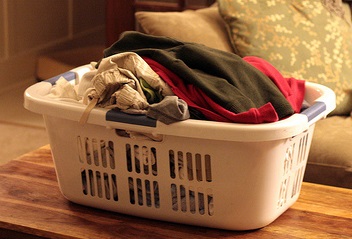
 This week we presented an end-of-program recap report to our client on a mobile tour for laundry detergent. The research was standard and comparable to many experiential programs we measure. Determining the ROI was a different story.
This week we presented an end-of-program recap report to our client on a mobile tour for laundry detergent. The research was standard and comparable to many experiential programs we measure. Determining the ROI was a different story.
One of the components of our ROI model is “projected incremental revenue,” an estimate of sales from potential new customers gained from the program. This uses a single product price and a set number of purchases per year. However, anyone who’s ever shopped for laundry detergent knows it comes in many shapes and sizes, which means lots of different prices and quantities.
Our First Thought about this ROI
We thought the best approach might be to use an average of the prices we found through secondary research. However, that doesn’t tell us anything about purchases per year. Larger households should consume more than smaller ones. We had to find a consistent form of measurement. We decided to measure how much detergent is needed for a typical load of laundry.
We learned that it takes about 1.5 fl. oz. of the brand’s liquid detergent for a regular load of laundry, which means that a 100 fl. oz. bottle can handle about 66 regular loads of laundry. Projected incremental sales could be adjusted by the number of loads of laundry families do each week.
Our Final Thought about this ROI
The end result was a sensitivity analysis of the ROI based on the number of 100 fl oz bottles of detergent purchased per year at a fixed price. The only variable in our model was the number of loads of laundry per week, so any household size could be included.
It’s rewarding to be able to demonstrate our ability to think outside the box, or bottle, and show that there are factors involved in measuring ROI that aren’t easily recognized at first.
Photo Source: http://www.flickr.com/photos/seanfreese/6873738692/
